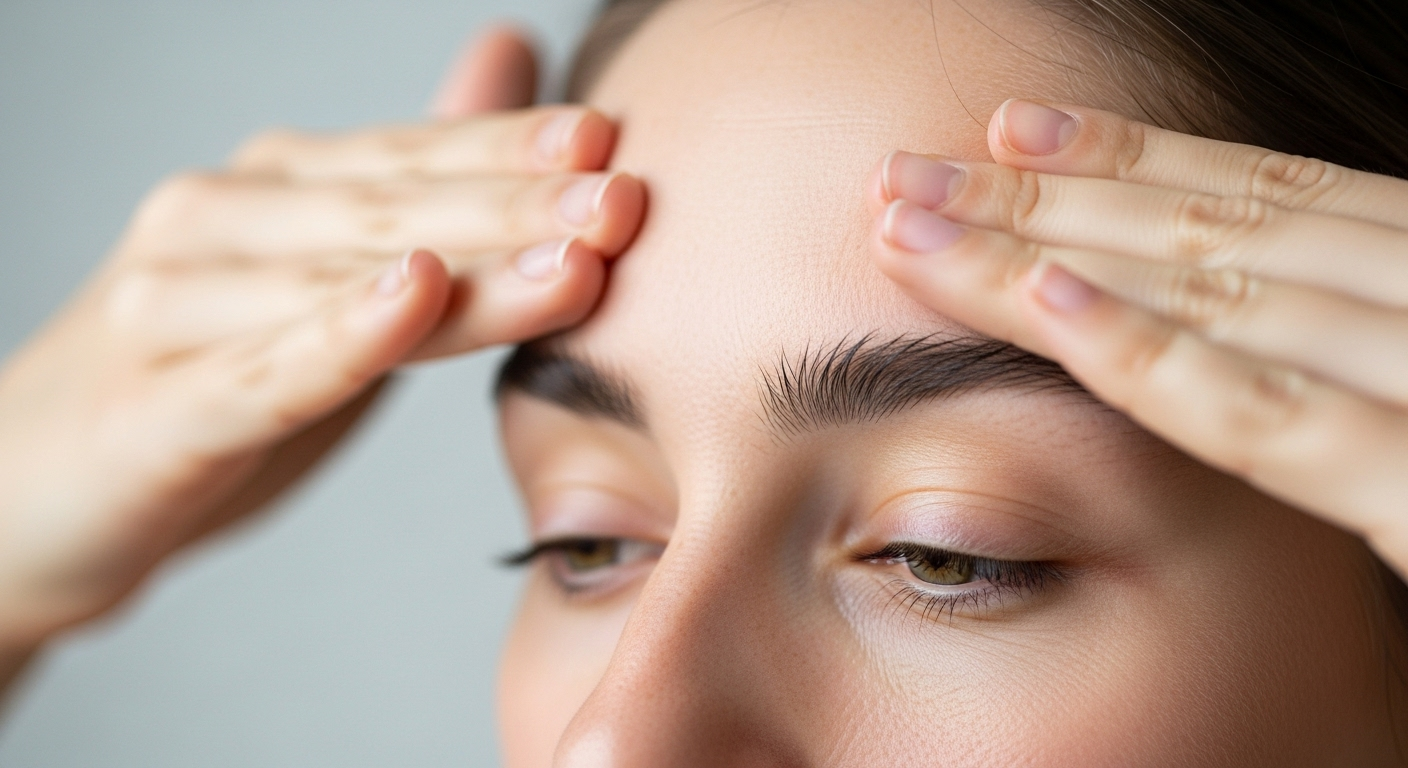Practical strategies for managing recurrent headaches at home
Recurrent headaches can interrupt daily routines and reduce quality of life, whether they present as migraine with aura or chronic tension-type pain. This article outlines practical, evidence-informed steps you can take at home to reduce frequency and severity, focusing on prevention, immediate relief, and lifestyle adjustments.

Recurrent headaches vary in cause and presentation, from migraine attacks that may include an aura to steady tension-type headaches. Managing them at home involves understanding common triggers, creating reliable routines, and using targeted relief strategies when pain begins. This article reviews actionable approaches you can apply day to day to reduce intensity and frequency while keeping an eye on when professional diagnosis or medication may be needed.
What causes recurrent migraine and tension headaches?
Migraines and tension headaches have different underlying patterns. Migraines often involve neurological changes and may be accompanied by an aura, nausea, or sensitivity to light and sound. Tension-type headaches usually feel like a pressing or tightening band and are linked to muscle tension and stress. Common triggers overlap: irregular sleep, dehydration, poor posture, certain foods, skipped meals, and stress. Identifying patterns through a simple headache diary—logging timing, activity, sleep, food, and stress level—helps distinguish migraine from tension and guides targeted prevention.
How can hydration, sleep, and nutrition aid prevention?
Adequate hydration, consistent sleep, and balanced nutrition are foundational for prevention. Even mild dehydration can provoke headaches for susceptible people, so aim to hydrate regularly rather than waiting until thirsty. Prioritize consistent sleep schedules and sleep hygiene: a dark, cool room, limited screens before bed, and routine bedtimes. Nutrition matters: regular meals with complex carbohydrates, lean protein, and healthy fats can stabilize blood sugar and reduce one common trigger. Monitor caffeine intake: for some people it helps, for others it is a trigger or causes rebound headaches when stopped abruptly.
What posture and exercise habits reduce triggers?
Postural strain, especially from prolonged computer or phone use, contributes to tension headaches. Ergonomic adjustments—monitor at eye level, supportive chair, frequent micro-breaks to stretch—reduce sustained neck and shoulder tension. Gentle, regular exercise like walking, swimming, or yoga supports circulation, reduces stress, and can lessen headache frequency. Aim for moderate aerobic activity three times weekly if tolerated. Avoid sudden increases in exercise intensity, which can trigger headaches in some people—build activity gradually and note effects in your headache diary.
When should medication or therapy be considered for relief?
For immediate relief, over-the-counter analgesics (acetaminophen, NSAIDs) can be effective when used as directed and not overused, which may cause medication-overuse headaches. For frequent or severe migraines, prescription acute treatments or preventive medications exist but require medical evaluation for appropriate selection and monitoring. Non-pharmacological therapies—physical therapy for posture-related pain, cognitive-behavioral therapy for stress-related headaches, and relaxation techniques—are evidence-supported options. Use medication judiciously and consult a clinician if headaches increase in frequency, change character, or do not respond to standard measures.
How can stress management and trigger tracking help?
Stress is a major precipitant for both migraine and tension headaches. Structured approaches—mindfulness, paced breathing, progressive muscle relaxation, and setting realistic daily goals—reduce physiological stress responses. Keeping a trigger log helps you link stressors, environmental factors, or dietary items to episodes so you can test targeted changes. Behavioral strategies, including consistent routines and time for restorative activities, build resilience against stress-related headache flares. Consider combining tracking with short-term behavior experiments to see which adjustments yield measurable improvement.
What does aura mean and how to monitor symptoms?
An aura refers to sensory warnings some people experience before or during a migraine, such as visual changes, tingling, or speech disruption. Documenting the presence, duration, and type of aura in your records is important because it informs diagnosis and treatment choices. If new kinds of aura or sudden neurological symptoms occur, seek medical assessment promptly to rule out other causes. At home, rest in a dark, quiet space during an aura or early migraine, and use prescribed acute medications if appropriate and previously advised by a healthcare professional.
This article is for informational purposes only and should not be considered medical advice. Please consult a qualified healthcare professional for personalized guidance and treatment.
Conclusion
Practical home management of recurrent headaches focuses on consistent self-care: hydration, sleep regularity, balanced nutrition, posture and ergonomic habits, regular moderate exercise, stress reduction, and careful tracking of triggers and symptoms such as aura. Use over-the-counter medications sparingly and consult a healthcare professional when headaches change, worsen, or limit daily life. Combining lifestyle changes with targeted therapies and accurate record-keeping often yields measurable reductions in both frequency and intensity of headaches.






